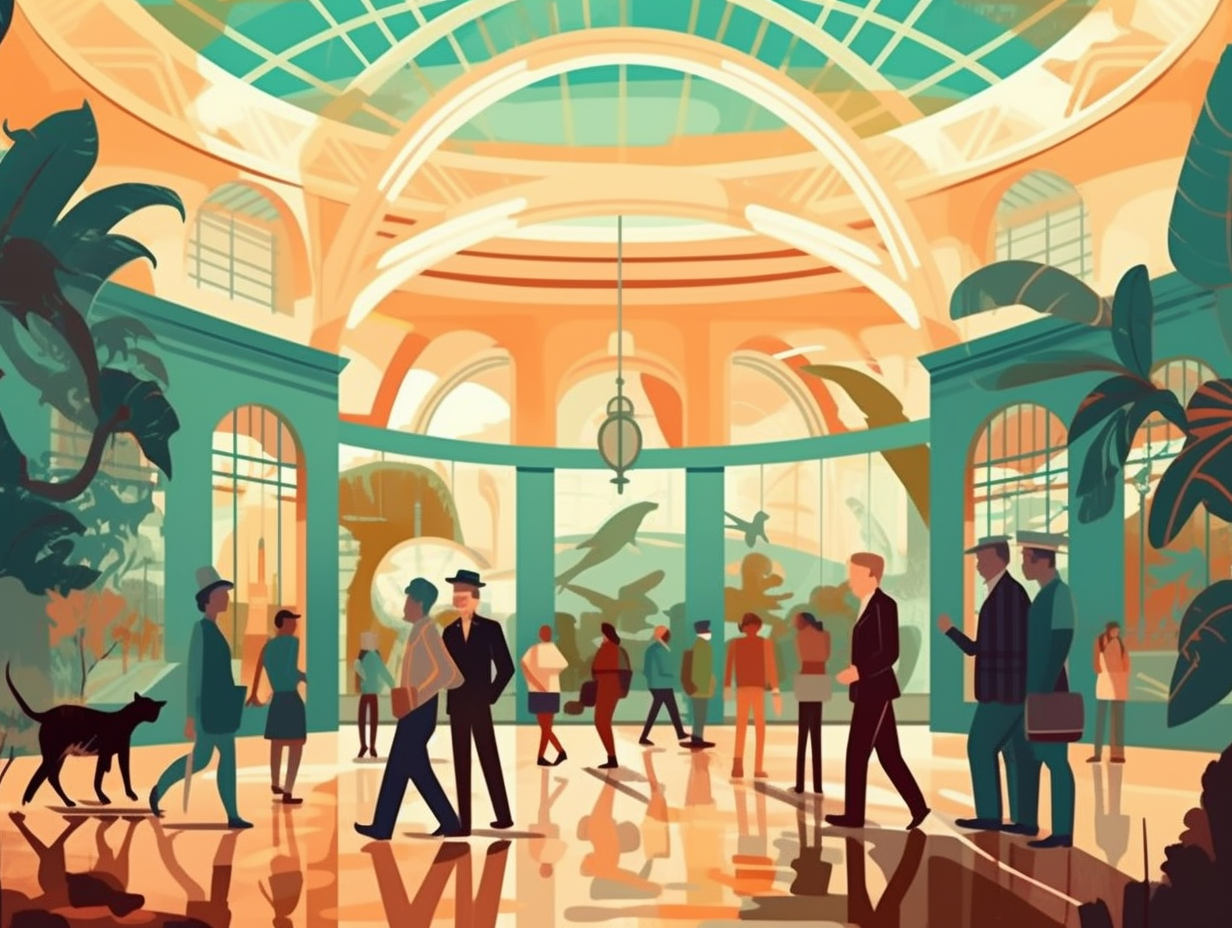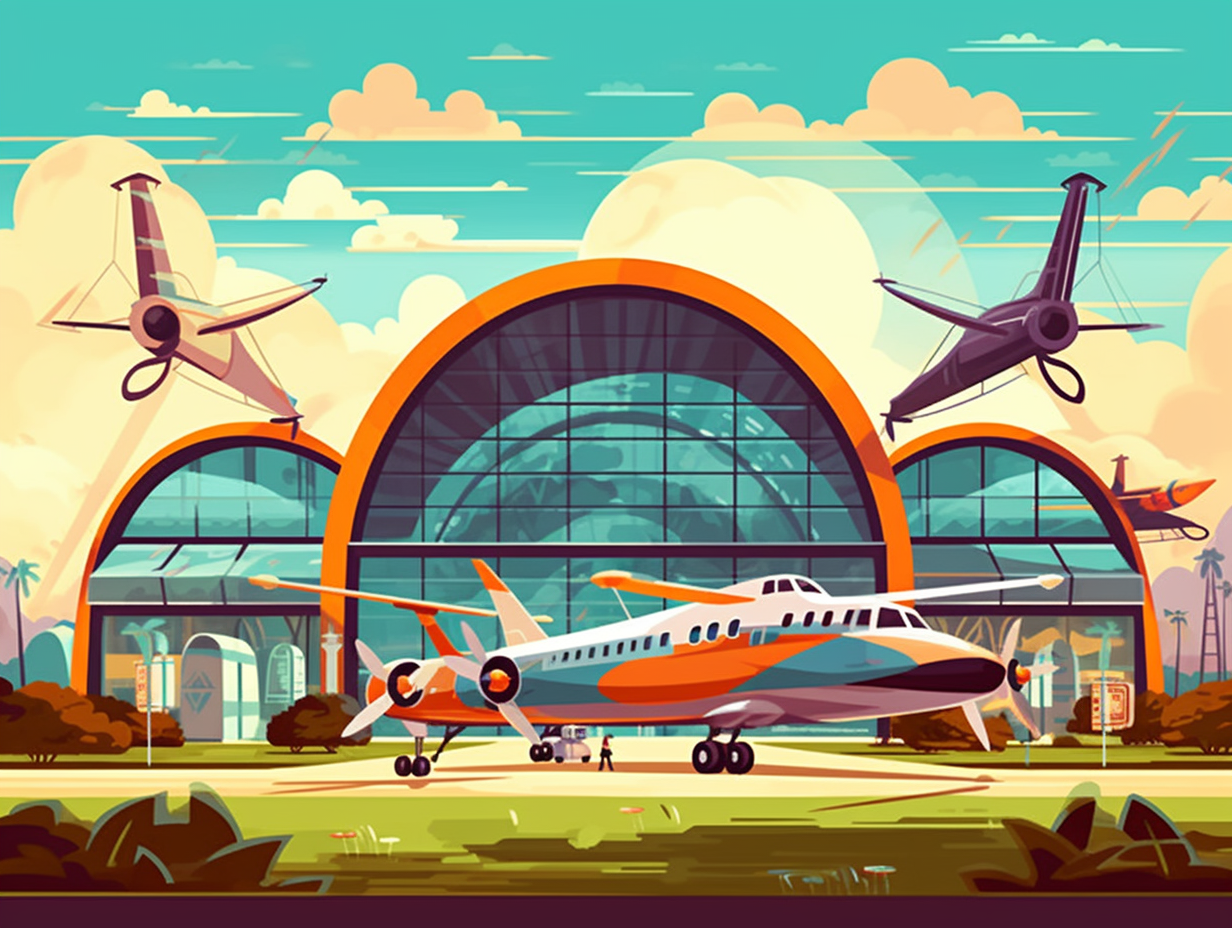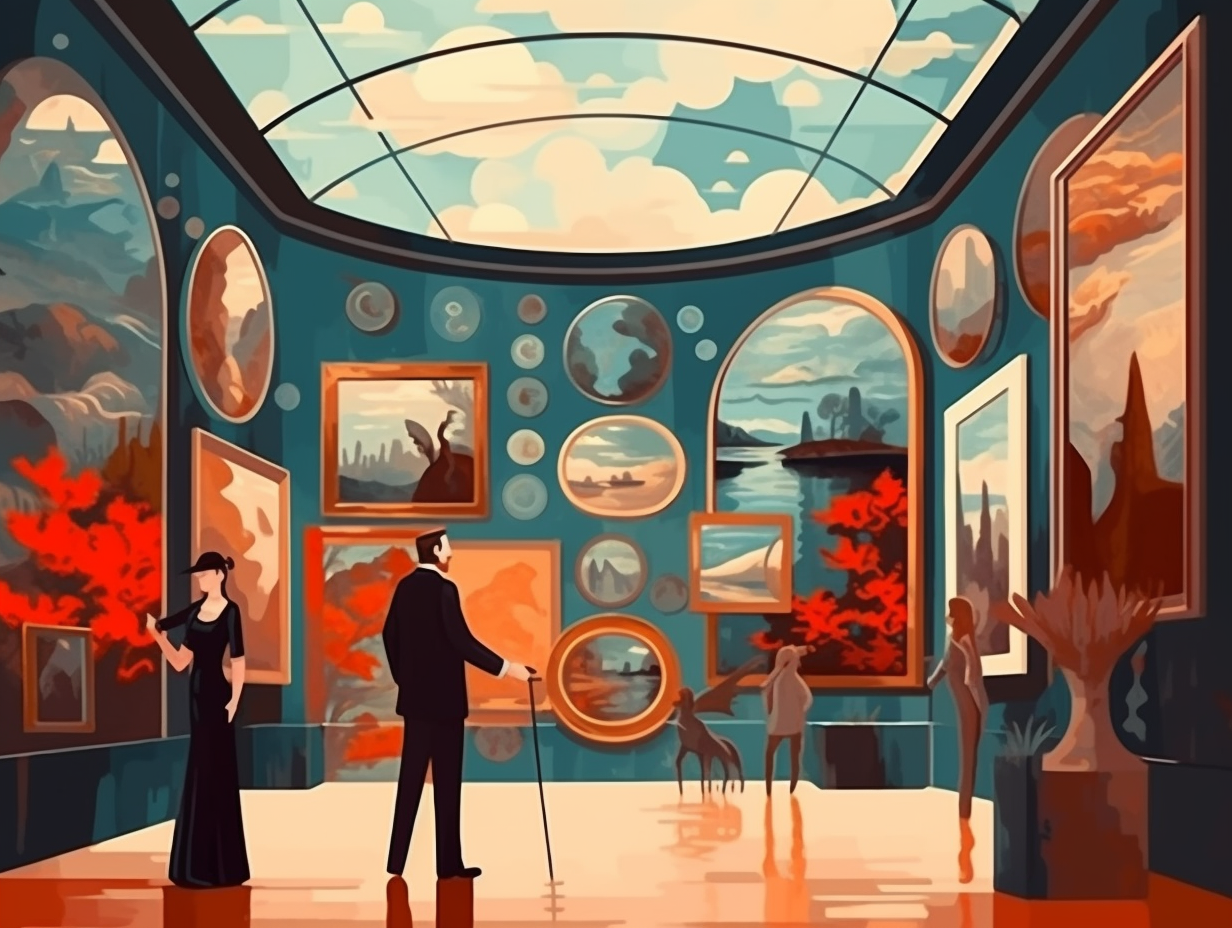Discover the Cosmos: 13 Fascinating Fun Facts about the Air and Space Museum in Paris

1. Top Gun's F-14 Tomcat
Whoever said "you can't have your cake and eat it too" clearly never met the Grumman F-14 Tomcat, an aircraft that both soared through the skies and played a memorable role in a Tom Cruise classic: The Air and Space Museum's Steven F. Udvar-Hazy Center showcases this legendary aircraft, which not only stole the show in Top Gun but also served as a vital component of the United States Navy during Operation Desert Storm.
Source => airandspace.si.edu
2. The Original Wright Flyer
Before the Wright Brothers took flight, "the sky's the limit" was just a figure of speech. Now that kind of thinking is plane crazy: The 1903 Wright Flyer, the first-ever successful powered aircraft, is on proud display at the Air and Space Museum for aviation enthusiasts and curious minds to marvel at the innovation that forever changed our perspective on travel.
Source => airandspace.si.edu

Did you know the Smithsonian Institution houses over 154 million items, including a vast collection of curiosities even a squirrel with a Ph.D. would go nuts for? Discover more amazing facts!
=> Fun Facts about The-Smithsonian
3. Concorde F-BVFA's Speedy Legacy
If at first you don't supersonic-seed, fly, fly again: The National Air and Space Museum proudly hosts Concorde F-BVFA, the retired globetrotter which cut through the skies from Rio to Washington, D.C., and New York, boasting over 17,000 hours of airtime and a speed so fast it could outrun small talk.
Source => airandspace.si.edu
4. Apollo 11's Airstream Quarantine
Before the days of quarantine chic and fashionable face masks, astronauts set the OG isolation trend in an Airstream mobile home: The Air and Space Museum houses NASA's Mobile Quarantine Facility used by Apollo 11 astronauts for 88 hours to prevent lunar contamination, ensuring they weren't harboring "moon germs" before being released from their trendy pad.
Source => airandspace.si.edu

5. Astronauts' In-Flight Dining
Talk about in-flight dining at its finest: Space Shuttle astronauts had the luxury of choosing from hundreds of pre-processed meal items before each mission, creatively preserved in plastic containers, pop-top cans, and foil pouches as there was no refrigerator or freezer on board. These gastronomical marvels from NASA eventually found their way into the collection at the National Air and Space Museum, providing a taste of outer space cuisine.
Source => airandspace.si.edu
6. Spirit of St. Louis and Lindbergh
If you've ever wondered where Amelia Earhart's "spirit animal" hangs out, look no further: The Spirit of St. Louis, flown by Charles Lindbergh on his historic 1927 transatlantic flight, is on display at the Smithsonian Institution's National Air and Space Museum in Washington, D.C.
Source => airandspace.si.edu
7. Avrocar: The Cold War UFO
In a time when UFOs were all the rage and everyone wanted a flying saucer–shaped gadget in their garage, the Avro Canada VZ-9AV Avrocar was the Cold War's pièce de résistance: a little-known experimental creation by Canadian engineers, designed to wow the world with its vertical flying prowess but thwarted by the pesky laws of physics. The Avrocar now sits as a monument to pipe dreams and starry-eyed ambition at the Air and Space Museum, a nod to a thrilling chapter in aviation history where a government-funded UFO prototype took flight – albeit briefly – before NASA put a pin in that (literal) bubble.
Source => nationalmuseum.af.mil
8. Chuck Yeager Breaks Sound Barrier
You know how we say "slow and steady wins the race"? Well, Chuck Yeager didn’t get that memo: On October 14, 1947, in the aircraft Bell X-1 Glamorous Glennis, U.S. Air Force Captain Charles E. "Chuck" Yeager broke the sound barrier, reaching 1,127 kilometers (700 miles) per hour whilst testing at an altitude of 42,000 feet, helping to gather invaluable flight data on transonic and supersonic flight for the Air Force and NACA, NASA's predecessor.
Source => airandspace.si.edu
9. Larry Walters' Lawn Chair Adventure
Who needs a fancy spaceship when you can boldly go where few have gone before — strapped to a lawn chair? Larry Walters proves that adventure lies in your own backyard: In 1982, Larry used 42 helium-filled weather balloons to lift his lawn chair 16,000 feet into the sky, ultimately landing himself and his airborne chair in the Air and Space Museum. However, his flight of fancy also earned him a fine from the Federal Aviation Administration for violating controlled airspace and operating a non-airworthy craft.
Source => airandspace.si.edu

10. Sound-Barrier-Breaking Jet Car
When Chuck Yeager's wingman traded in supersonic flights for pedal to the metal drives: The Air and Space Museum houses the Thrust SSC, a British jet car that shattered the sound barrier with a whopping 1,228 km/h (763 mph) top speed, expertly driven by RAF pilot Wing Commander Andy Green on October 15, 1997, and now comfortably stretching its 16.5 m (54 ft) length and 3.7 m (12 ft) width at the Coventry Transport Museum in England.
Source => en.wikipedia.org
11. Wright Flyer: "First in Flight"
Why did the Wright brothers' airplane swipe right? To Fly-der into history, of course: At the Smithsonian National Air and Space Museum in Washington D.C., you can find the world's first successful powered aircraft, the Wright Flyer, which proudly boasts the title of "First in Flight" thanks to the pioneering efforts of Wilbur and Orville Wright in 1903, and has been on exhibit since 1948 after a loving restoration by Wright Company mechanic, Jim Jacobs.
Source => airandspace.si.edu
12. 311 Million Museum Visitors
Ladies and gentlemen, start your jetpacks: The Air and Space Museum has welcomed over 311 million visitors since 1976 with their 21 exhibition galleries and 60,000 object collection, one-third of which are downright cosmic rarities or major milestones in aviation and space exploration!
Source => airandspace.si.edu
13. Smithsonian Space Heaven
Buckle up, space cadets and aviators, because we're zooming straight into the heavenly hangers of Smithsonian's heaven-sent mothership: The National Air and Space Museum welcomes over eight million earthlings every year, filling their astronaut stomachs with 21 exhibition galaxies, 60,000 marvels (from jetliners to microchips) and a third of their cosmic fleet boasting unique wonders, including major milestones of the final frontier!
Source => airandspace.si.edu
Related Fun Facts















